If you are looking to spend a long weekend in a hip European city, we say, start scanning those flight tickets to Budapest (see what to fit into 48 hours here). All you need is a pair of comfy shoes and you are set to squeeze in several museums, famous sights, and even a bath to the itinerary, as they are fairly close to one another. If you aim to stick to a lower budget, the city pass Budapest Card is a good way to go. With 24, 48, 72, 96, or 120-hour passes available, you can get unlimited access to public transport (within Budapest), several free entries and discounts to top attractions. Now, we are showing you the best things that are included, if you decide on getting the pass.
Tram 2
Tram 2 is also known as the sightseeing tram, as its route passes almost all the iconic landmarks of the city. It runs on the Danube bank, past the Parliament, the Chain Bridge, the Four Seasons Gresham Palace, the Danube Promenade, and the 'Whale', while unveiling such iconic views on the other side as the Buda Castle, Fisherman's Bastion, Matthias Church, and the Citadel on top of Gellért Hill. What's more, tram 2 is part of the Christmas fleet, meaning you can hop into carriages decked out in twinkling lights and festive decorations until January 7th.
More details here.
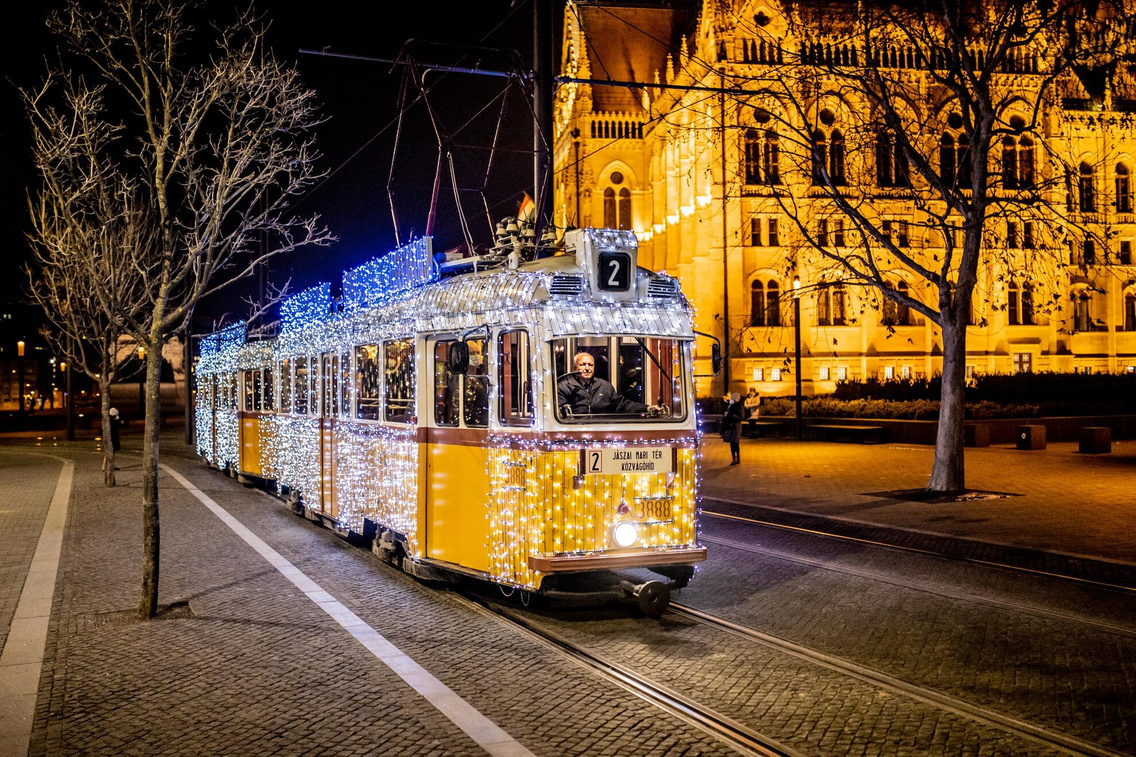
Walking tour
The best way to explore a city is on foot (remember us banging on about the comfy shoes?), and it's even better if you have a local to guide you around, so you won't miss out on a thing. The team of Cityrama organises walking tours on both the Buda and Pest sides, where you can learn more about the rich history of the city. In Pest, you'll be strolling on the Danube bank, passing St Stephen's Basilica, the Hungarian Art Nouveau House, the Parliament, and Liberty Square. In Buda, you can meander through the cobblestoned streets of the Castle District, while marvelling at the Fisherman's Bastion, Matthias Church, and the Royal Palace.
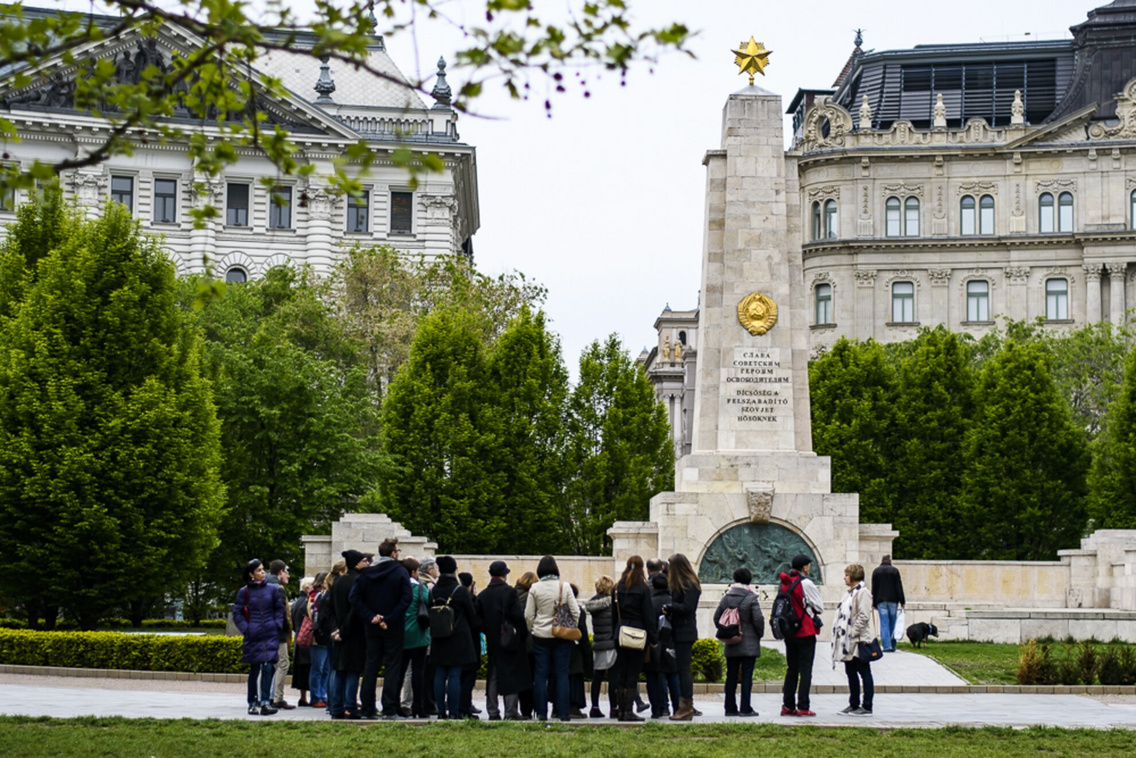
Lukács Baths
Hungary and Budapest are patched with healing thermal water, so no trip could be complete without a spa day. The city boasts baths where you can soak in the boiling hot water outdoors, making the experience even more memorable - just picture yourself surrounded by snow. Lukács Baths, one of the longest-standing spas in Budapest, is one of them, and you can visit it for free with a Budapest Card. Already used for healing in the 12th century and transformed into Turkish baths under the Ottoman occupation, it got revamped several times, and now offers thermal pools, swimming and adventure pools, a wellness area, saunas, and an outdoor pool with a lazy river, neck showers and back massage jets hidden in the benches.
More details here.

Memento Park
If you are looking to peek into what life looked like behind the Iron Curtain, Memento Park should be on your to-do list. It might be on the outskirts of the city, but it is definitely one of the most unique attractions, displaying the gigantic monuments of the Communist era. These statues were removed from the streets of Budapest after the collapse of Socialism in 1989-90, so the collection stands as a powerful reminder of the era of dictatorship. For more curiosities, pop into the visitor centre, where you can watch videos about training spies.
More details here.
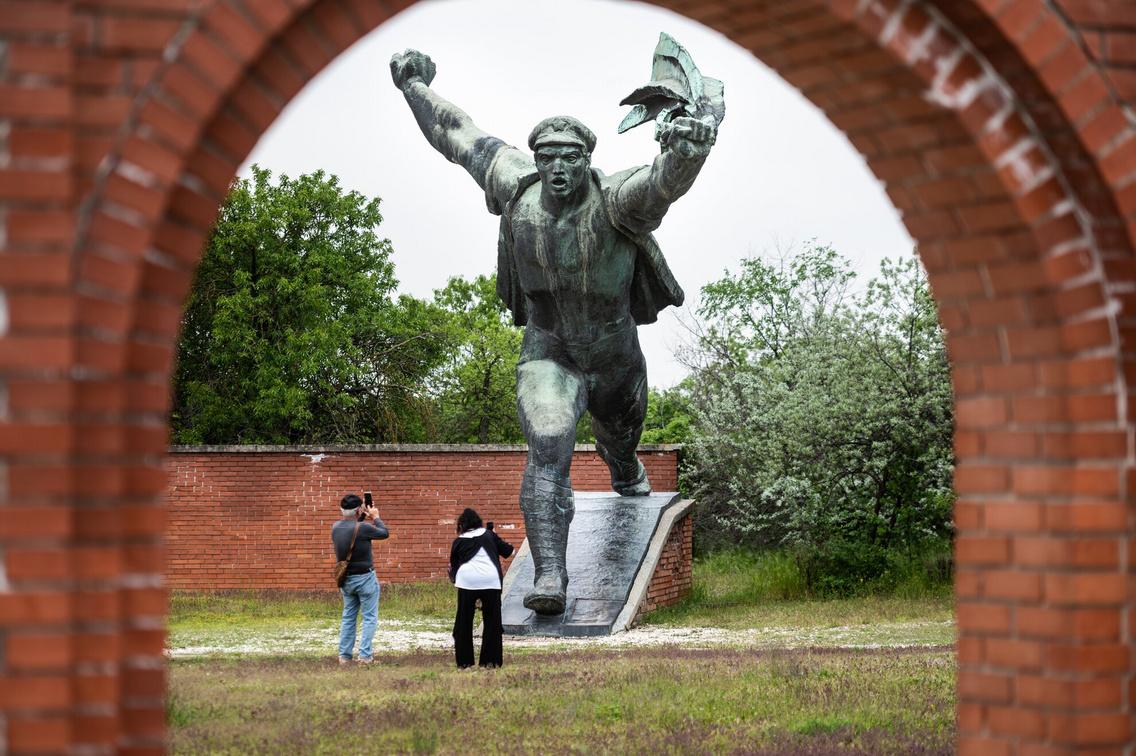
Duna Bella Sightseeing Boats
Budapest's cityscape is prominently shaped by the Danube, which divides Buda and Pest. And it is just fair to make the most out of this geological wonder and hop on a boat to catch gorgeous views. On the cruise of Legenda, you will see the most famous attractions neatly lined up on either side, such as the 'Whale', Budapest Corvinus University, Gellért Hill with the Citadel, Buda Castle with the Royal Palace, Matthias Church and the Fisherman's Bastion, the Parliament, and Margaret Island. All while enjoying 70 minutes of pleasant rocking, an audioguide (available in 30 languages), and a drink of your choice.
More details here.

Buda Castle Funicular
You simply can't miss the Buda Castle, but why not travel there in style? Though you can also enjoy a free Budapest Castle Bus ride with a Budapest Card, we say, go for the vehicle that has been serving the city since 1870, carrying clerks and public officials up to do a day's work in Buda Castle in its heyday. The Funicular is a curious means of transportation, and also a World Heritage sight, tackling its steep route elegantly.
More details here.
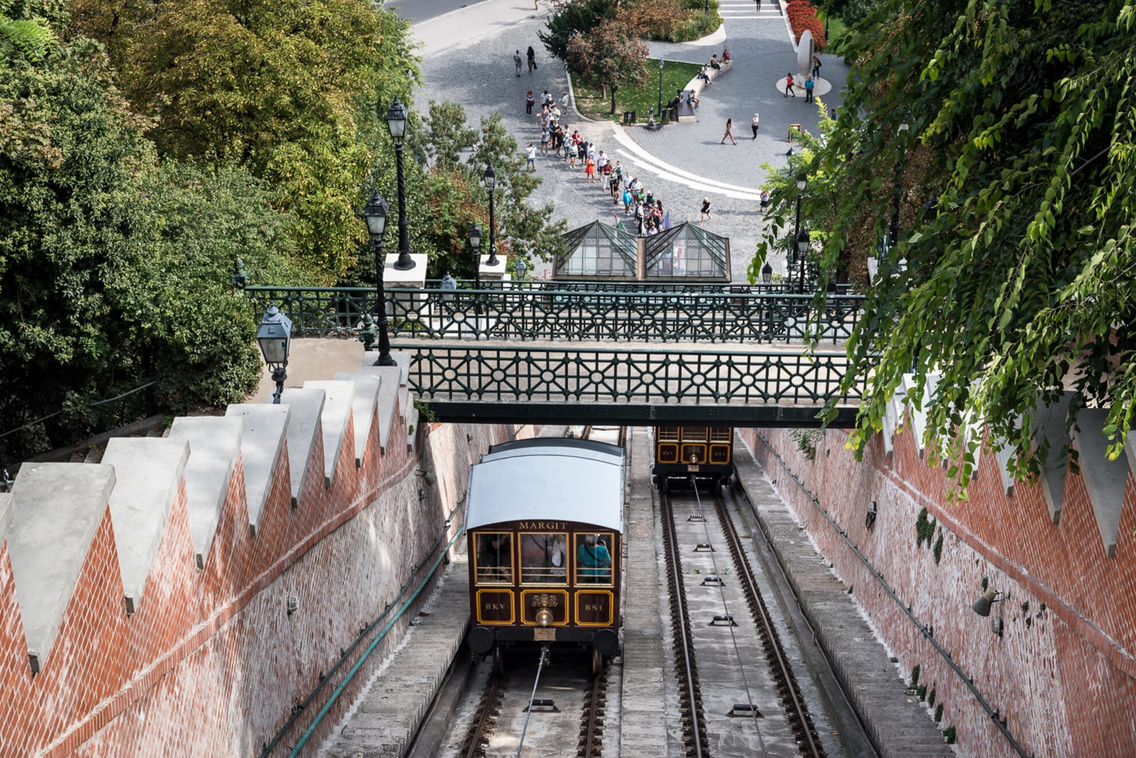
Matthias Church
Once in the Castle District, Matthias Church is hard to miss: just look for a Neo-Gothic church with colourful tiles (made by the Zsolnay factory) towering above you. While the church is breathtaking from the outside, we encourage you to step inside, because it's not an everyday scenery that welcomes you: rich ornaments adorn the walls in every colour – floral motifs meet the eye, which is pretty rare in a Catholic church. Fun fact is that the church witnessed the crowning of the last Hungarian king in 1916 and has both served as a Catholic church and a mosque.
More details here.
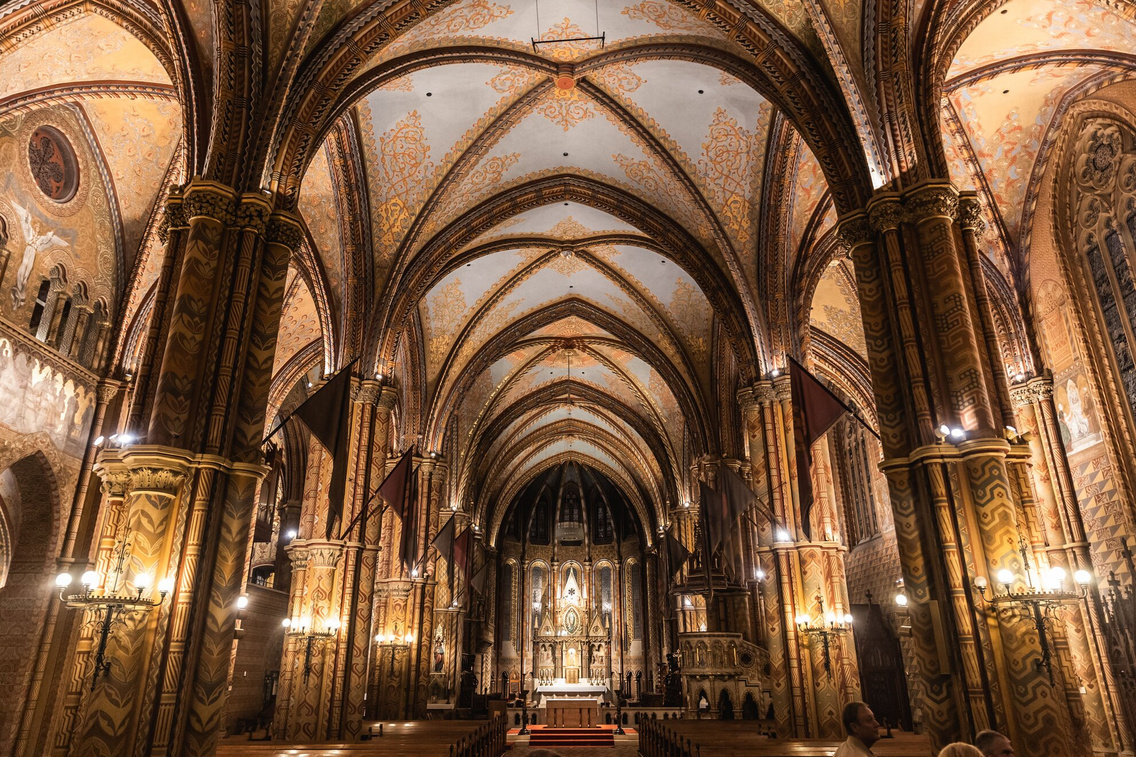
Mary Magdalene Tower
While in the Castle District, take a detour to a part that is less frequented by tourists, the northern end. The Mary Magdalene Tower is a hidden gem and an old survivor of the Castle; built in the 13th century, it suffered severe damage during the World War and was almost completely destroyed during the Communist era. Only its Gothic bell tower and some minor sections remained. The stone tower is magnificent from the outside, but it can also be climbed, and the panorama is definitely worth tackling the 170 stairs to the top.
More details here.
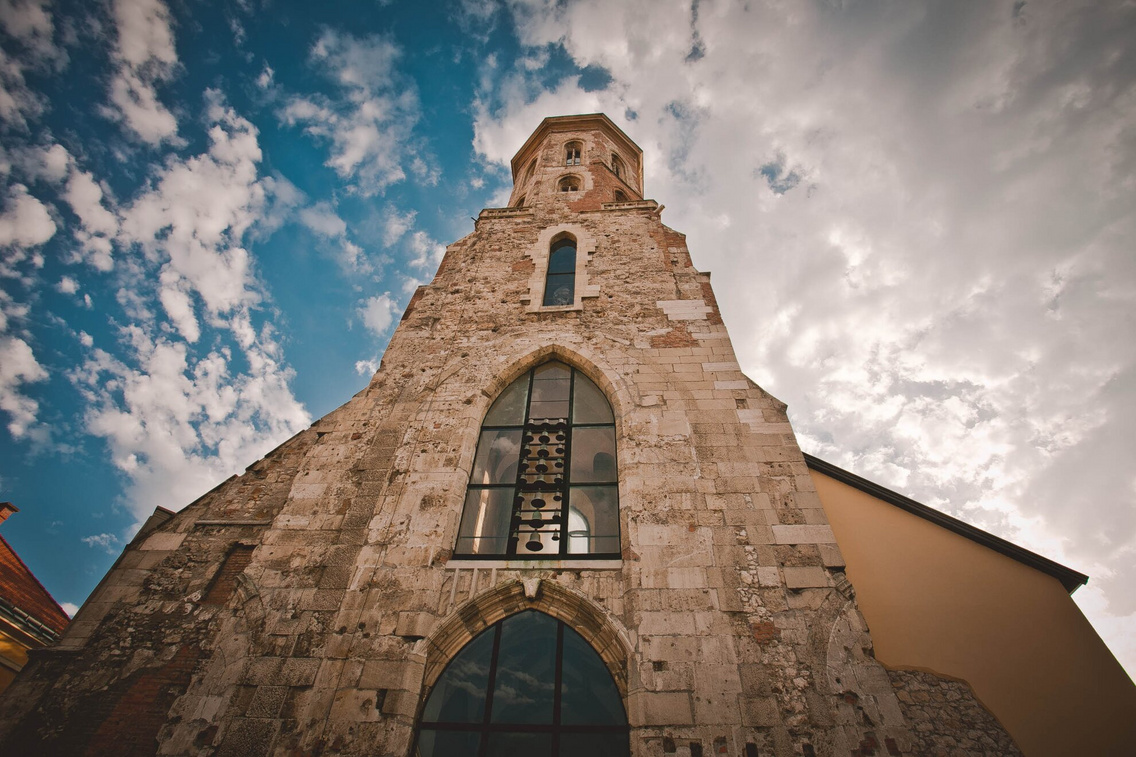
Hungarian National Gallery
We haven't left the Castle District and can still recommend more free things to do: if you are an art lover, visiting the permanent exhibition of the Hungarian National Gallery is a must. It is not only housed in the former Royal Palace but displays the largest public collection of the fine arts in Hungary. You can marvel at medieval and renaissance stone carvings, panel paintings and wooden sculptures from the Gothic period, 19th-century paintings and sculptures, the art of Mihály Munkácsy and László Paál, 20th-century art before and after 1945.
More details here.
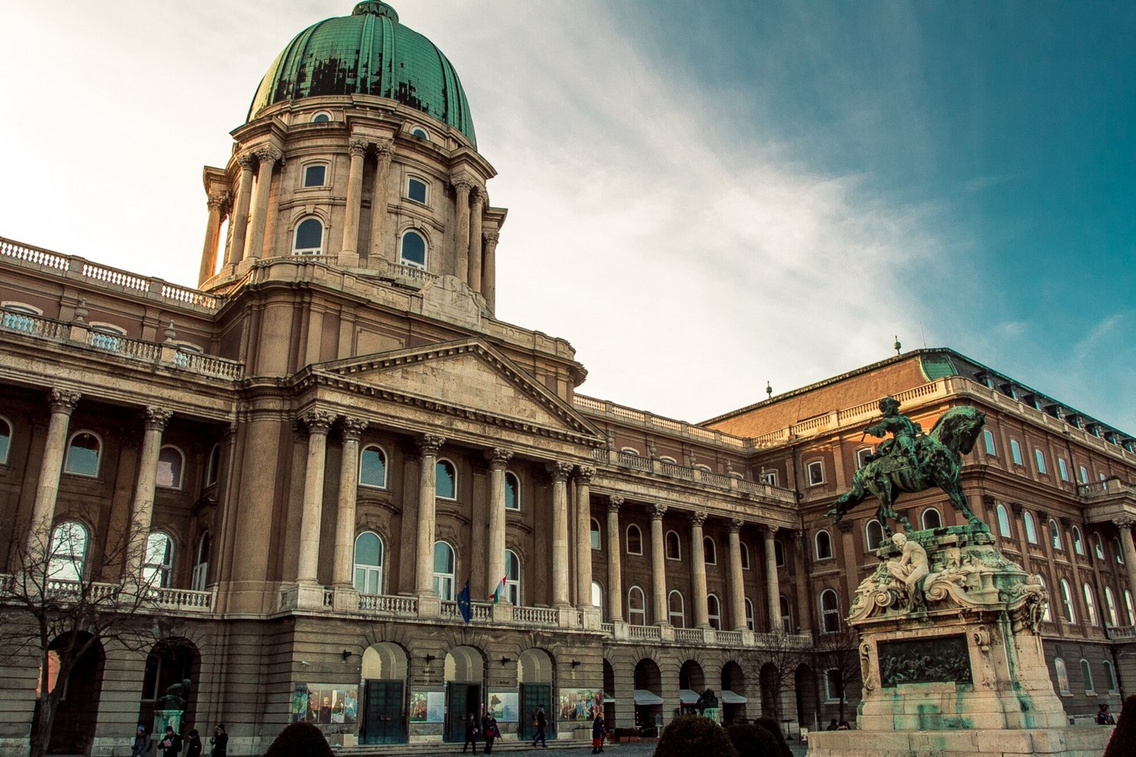
Pálinka Experience Interactive Museum
Pálinka is Hungary's national drink, the fruit-based spirit that can make your whole body warm up on any winter day. And Hungarians have not only been drinking pálinka but also devoted a museum to it. Pálinka Experience Interactive Museum, located in downtown Budapest, lets you peek into the production and consumption of the spirit as well as its special role within Hungarian culture. And of course, you can't leave without raising the glass – did you know that refusing a shot is considered rude in Hungary?
More details here.
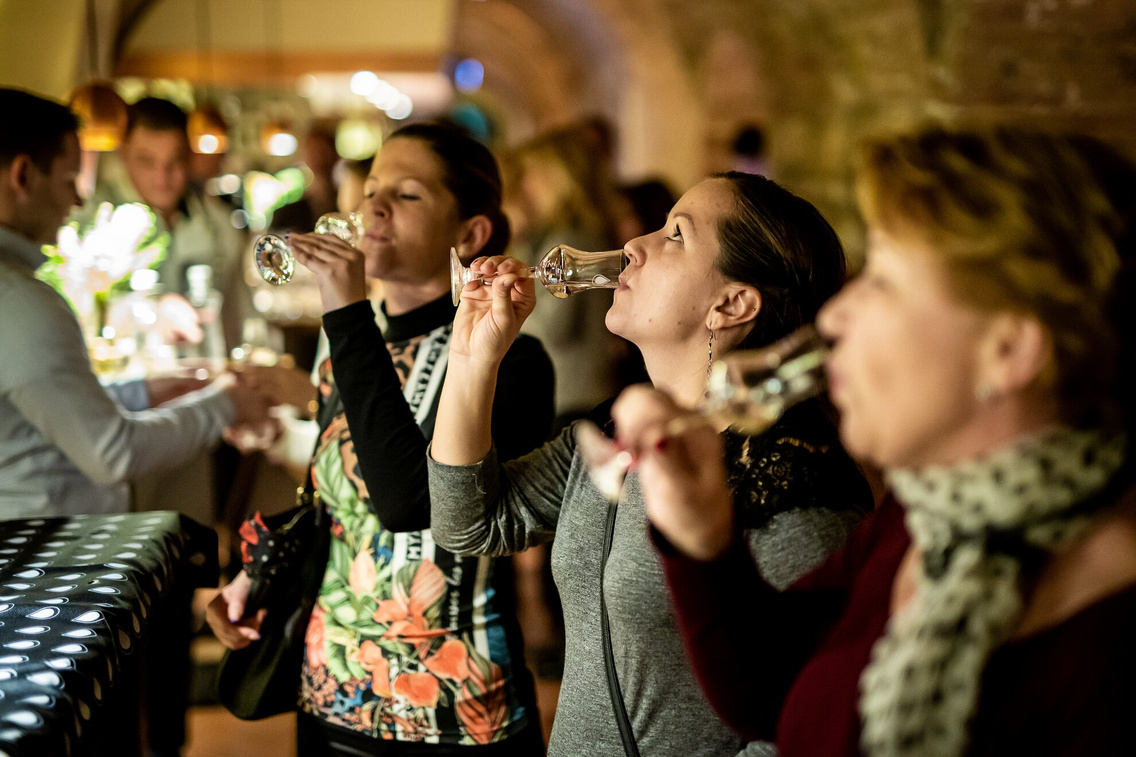
One of the most convenient and pocket-friendly ways to get from one place to the other in Budapest and explore attractions is by purchasing a Budapest City Card. With such a card (available online and offline), you can enjoy free transportation, sightseeing, and museum entries. You are also entitled to several discounts at varied attractions and restaurants. Find more details here.
SEE MORE. SAVE MORE.
The article was created in partnership with the Budapest Brand.




